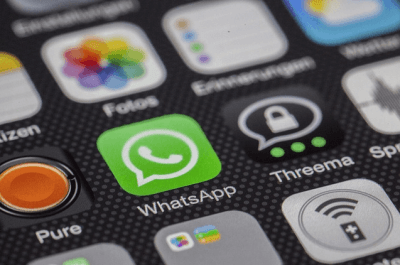By the time Indians began murmuring about the 4G revolution across the nation, China has already crossed 200 million 4G customers. China Mobile, Chinese state-owned telecommunications company announced at the recent Mobile World Congress that 4G subscribers in China crossed 200 millionth customer.

The growth is so massive that by June end, China Mobile reported only 190 million customers and by July 14 (in 14 days), it managed to add the rest of the 10 million customers.
China Mobile began 4G only 14 months ago, and by February 2015, it acquired 100 million subscribers for 4G. 250 million users was its set target of 4G customers by the end of the year.
China already had half a billion 3G customers, who began shifting to 4G which has similar pricing plans like that of 3G. Also, the availability of 4G smartphones for cheaper rates encouraged the growth.
Another interesting factor is that the 200 million 4G customers constitute only 25 percent of the nation, which means 75 percent population are still potential customers of 4G. For this massive growth, the government has already installed 9,00,000 4G nodes across China, which implies 40 percent of nodes on earth belong to China.
Hand-in-hand, the research for 5G is aggressively progressing in the country.
A comparison with India
According to a recent survey published by PricewaterhouseCoopers (PwC), India will have 15 million 4G subscribers by 2015 end, much lower when compared to China. Competitive pricing, affordable smartphone, quality networks are the reasons cited for this estimated growth.
PwC added that multiple players will launch 4G on 1800 spectrum. Reliance Jio is launching 4G on both TD-LTE and FD-LTE early next year. Bharati Airtel, on the other hand, launched 4G in selected cities using TD-LTE. 4G on FD-LTE from Airtel can be expected next year.
Uninor and Aircel are the other players who have announced the plans. India may show an increase on Wi-Fi hotspots due to Digital India initiative.
Another study released by Ericsson predicted 100 million 4G customer by 2020. But, the study said that 3G will remain as a main technology for mobile broadband at least for a period of next three years.
Huge cost of spectrum is a reason cited by Ericsson for this slow 4G penetration. According to the study, India is today the most expensive place for spectrum.
Whatsoever, the country lacks on 4G growth when compared to its neighboring competing country China and it is a speculating growth for India when it comes to 4G.















